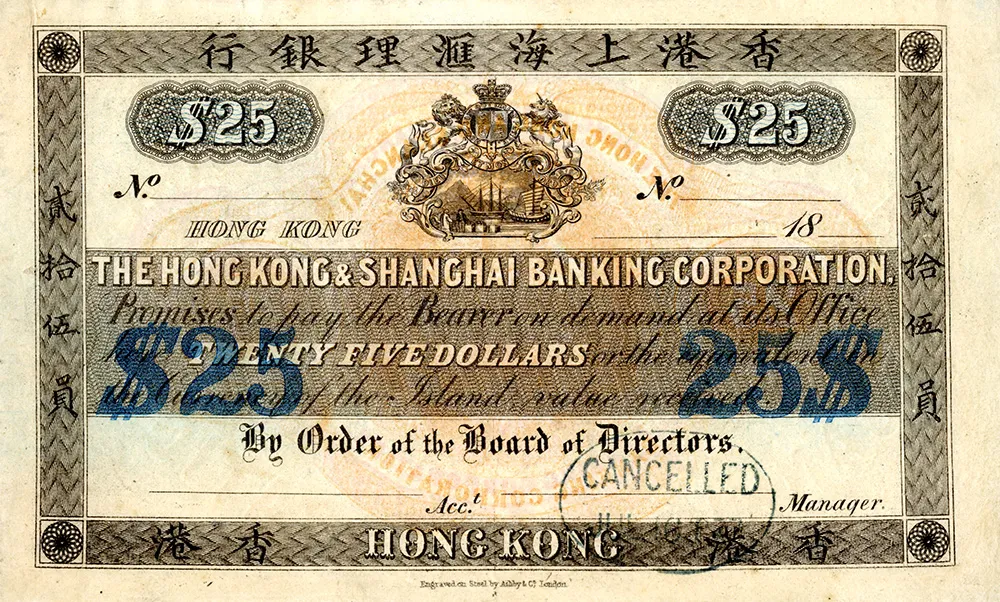Monthly Digest: November 2022
Monthly digest for November 2022

This is the third monthly digest. For those new to Liberating Narratives, I send out a general update at the end of each month.
This month features a short story about visiting the shipyards for the Zheng He voyages in Nanjing, China, and some thoughts about my many travels this month.
Some Reflections
Each day with this project has been exciting. I love getting subscribers’ feedback about how they enjoy different posts and use the material in their classes. Please continue sharing your thoughts. As I was putting together this digest, I realized that I had published eight posts this past month. I spent all but six days of the month on the road. I enjoy traveling to many historical sites and writing about teaching world history. If you have thoughts or recommendations for topics you want me to write about, please share them with me.
What I’ve Published
1 November - “‘To take lads for the Janissaries’: Making Sense of the Devşirme” - This was a bonus post for all subscribers. I discussed the image of the devşirme (the Collection) in almost every discussion of the institution in textbooks. I also included a primary source excerpt about the devşirme. I focused on how we can teach this complicated institution in our classes.
4 November - “‘A Right Notion of Life’: The Ottomans in 1700” - This weekly post was for paid subscribers. I discussed using an image of the Sultan’s mother drinking coffee to teach how the Ottoman Empire was evolving around 1700. Using this image, we can focus on the political and cultural shifts rather than falling into problematic tropes about the decline of the Ottomans.
11 November - “We Understand the Railway’s Advantages’: Ottoman Railroads and Modernization in 1900” - This weekly post was for paid subscribers. I discussed using the newly built Sirkeci railway station in Istanbul to teach about the Ottoman Empire around 1900. This building allows us to explore how the Ottoman elites saw the empire as modernizing, while Europeans were increasingly viewing the Ottoman Empire as “oriental.”
12 November - “A Visual History of the Ottoman Empire” - This was a bonus post for all subscribers. I brought together all six images I discussed in the previous month. Using these six images, we can teach the Ottoman Empire’s diversity and evolution over 600 years.
15 November - “‘Men of the Spoken Word’: Teaching West Africa, c.1200 - c.1600” - This was the free monthly post for all subscribers that introduced the focus for the month. In this post, I discussed some of the ways I have struggled to teach medieval West Africa (the Mali and Songhay empires). I explained the problem with relying on external sources using the Catalan Atlas’ image of Mansa Musa as an example. I then focused on how we can use oral traditions from West Africa to help students understand the region from the perspective of the people who lived there. If we ask students to think about an imaginary griot, they can begin to understand medieval West African history in new ways.
18 November - “‘The World Knew Happiness’: West Africa and the Afroeurasian Economy, c.1200 - c.1600” - This weekly post was for paid subscribers. I discussed how to teach about the local economy of West Africa and the extensive connections between West Africa and the rest of Afroeurasia. I included primary source excerpts, maps, and artifacts highlighting the trade connections.
25 November - “‘Many Kings and Many Mansas’: Teaching the Politics of the Mali and Songhay Empires, c.1200 - 1591” - This weekly post was for paid subscribers. I discussed how to teach about the political structures of medieval West Africa while also practicing change and continuity over time. I included maps, primary source excerpts, and historical artifacts.
27 November - “Mapping Medieval West African States” - This was a bonus post for all subscribers. I discussed how most maps of West Africa represent the states with different borders. I also included a quote about how the states of medieval West Africa had other ideas about territory than modern states. Using this excerpt and maps, we can help students understand how premodern states differed from modern states using an African example.


